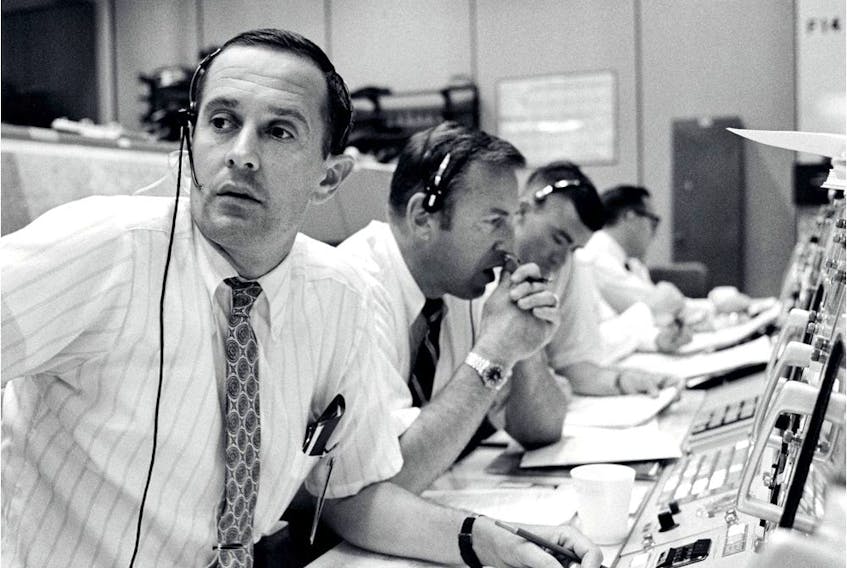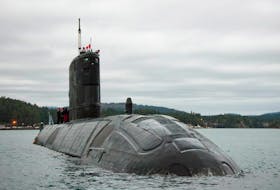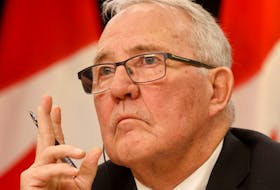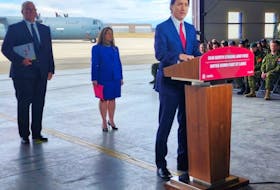“Beep… Beep… Beep…”
Radios around the world picked up the steady pulse of a signal being broadcast from high overhead — where no aircraft could fly.
It was October 1957, and the Soviet Union had just launched the first artificial satellite, called Sputnik, into orbit. About the size of a beach ball, and weighing 100 kilograms, all it did was transmit a signal. But, that simple transmission signaled the beginning of a new era in geopolitics.
The United States had emerged from the Second World War as the first truly global superpower. It had developed a robust air force with long-range strategic bombers capable of delivering nuclear bombs almost anywhere on the planet.
The enemy they worried about was the Soviet Union – a communist empire. It, too, had emerged from the war more powerful than before.
But, the Soviets didn’t have the bomber fleet — or the fighter technology to best the US in the air. However, the beeping satellite circling the Earth showed the world they didn’t need to.
If they could put a 100-kilogram beach ball into orbit over the U.S. president’s head, they could just as easily drop a similar-sized nuclear bomb on his house.
The space race began in earnest.
The first heats of the race were won handily by the Soviets. By 1959, the Soviets had developed and tested Luna 1, a spacecraft designed to reach the moon.
They launched Luna 2 that same year and crashed it into the moon. In 1960, they sent live animals and plants into space and returned them safely to Earth.
The Americans refused to lose the high ground of space.
In a May 1961 speech to Congress, President John F. Kennedy called for a united Congress to work together on the biggest and most expensive project ever undertaken by mankind.
“I believe that this nation should commit itself to achieving the goal, before this decade is out, of landing a man on the moon and returning him safely to the Earth. No single space project in this period will be more impressive to mankind, or more important for the long-range exploration of space.”
The race to put a man on the moon focused the resources of an entire nation and included the expenditure of $25 billion on the Apollo program alone.
After proving the technology and the ability of its astronauts to operate effectively in space, the Americans embarked on Apollo. An audacious plan to send three men into space, land two of them on the moon, and return all of them to Earth.
Copyright Postmedia Network Inc., 2019
RELATED
- Colby Cosh: Apollo 11's anniversary reminds us of a world now out of our grasp
- CINDY DAY: Looking up while we look back a half-century
- Apollo 11, 50 years later: NASA astronaut recalls being the voice of the first lunar landing
- Apollo astronauts celebrate 50 years since first moon landing
- Rocket blasts off in southern Alberta to commemorate Apollo 11 anniversary









